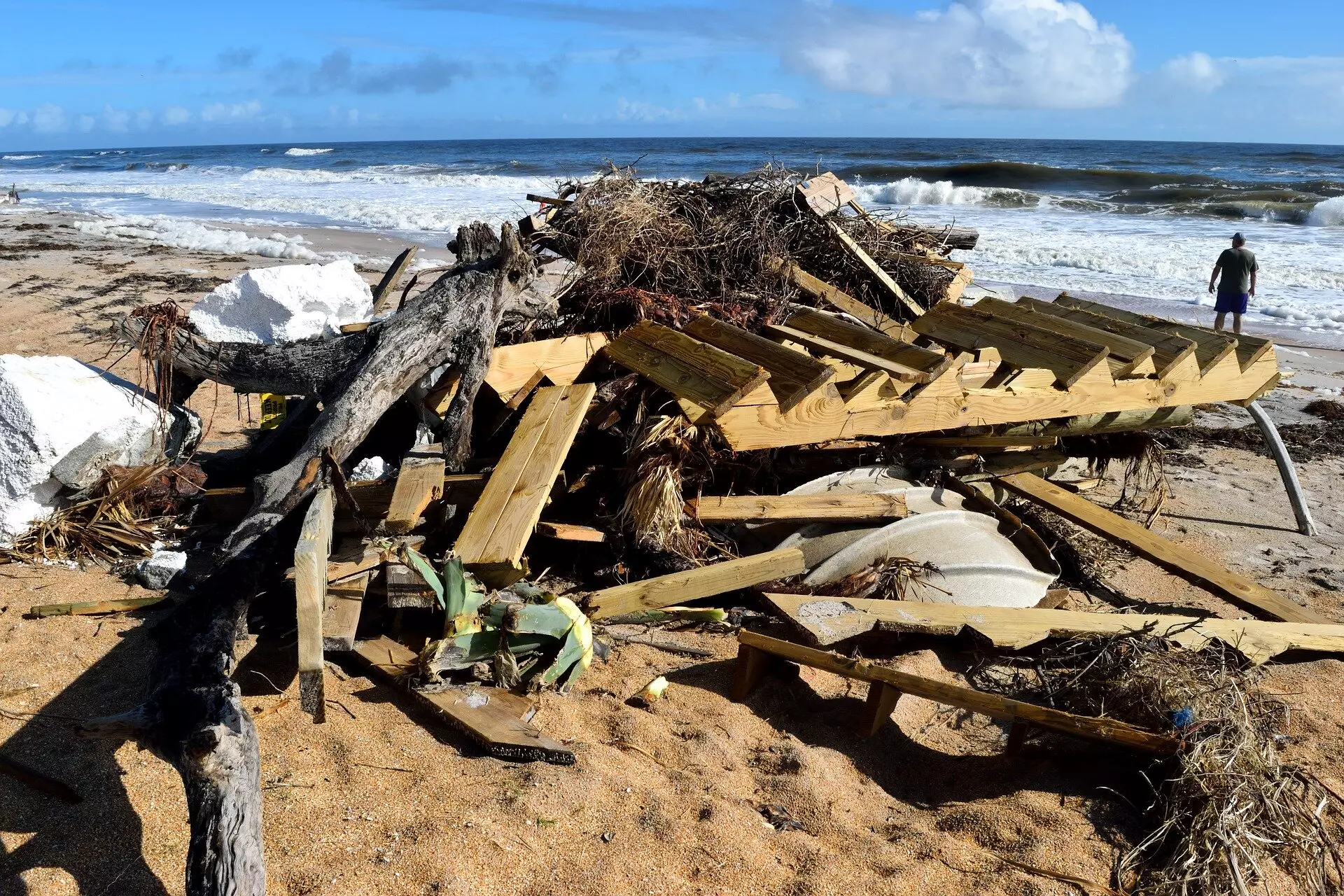In recent decades, the frequency and severity of hurricanes and other extreme weather events have escalated dramatically, wreaking havoc on communities across the United States and globally. The National Oceanic and Atmospheric Administration (NOAA) reports that between 1980 and 2023, these disasters have inflicted staggering damages estimated at approximately $2.6 trillion. The toll is not merely financial; in 2022 alone, the U.S. experienced 18 weather-related disasters, each costing $1 billion or more. Furthermore, hurricanes from 2000 to 2021 have claimed nearly 2,000 lives, underscoring the urgency of enhancing our understanding and prediction capabilities. As climate change exacerbates these phenomena, our reliance on precise forecasting becomes more critical than ever.
Enhancing hurricane forecasting can serve as a pivotal tool in mitigating the impacts of these devastating storms. According to Mostafa Momen, an academic at the University of Houston, providing more accurate predictions can save both lives and finances. Improved forecasts not only facilitate better evacuation strategies but also empower emergency services to respond more effectively. Thus, the advancement in forecasting tools is not simply a technical upgrade; it is a matter of life and death for many individuals in hurricane-prone regions.
Researchers Md Murad Hossain Khondaker and his advisor, Assistant Professor Mostafa Momen, are at the forefront of a groundbreaking study aimed at grasping the impact of atmospheric friction on hurricanes. By tapping into the supercomputing capabilities of the Pittsburgh Supercomputing Center’s Bridges-2, they hold an advantageous position in dissecting the interplay between atmospheric forces and storm intensity. Their quest delves into understanding how friction and diffusion within the atmosphere might skew hurricane predictions, a critical inquiry given the inadequacies in existing forecasting methods.
The investigation pivots on a novel approach where the researchers hypothesize that varying levels of friction could greatly influence the projected intensity of storms. This computationally intensive research mandates the use of robust supercomputing resources, which are paramount for processing extensive datasets generated during simulations. Armed with over 300,000 CPU-core hours from Bridges-2, their exploration unearthed insights that are poised to transform our approach to hurricane forecasting.
Initial simulations, including one for Hurricane Irma that required 128 processors for 22 hours, yielded fascinating results. The adjustments made to the diffusion assumptions resulted in discernible improvements in forecast accuracy. In fact, the updated computational models exhibited a 40% enhancement in predicting hurricane intensity compared to default weather models. Moreover, this newfound modeling approach also clarified the relationship between hurricane intensity and rainfall. Surprisingly, it was found that stronger hurricanes do not necessarily result in broader rainfall but rather in concentrated rainfalls that can lead to localized flooding disasters.
The ramifications of these findings are profound, especially in urban settings where the risk of catastrophic flooding is heightened. Historical instances, such as the devastation brought upon Houston by Hurricane Harvey, illustrate a grim reality of how concentrated rainfall can lead to unparalleled disasters. Understanding these dynamics fosters a more proactive approach to urban planning and emergency preparedness.
The intersection of climate science, computer modeling, and emergency management is crucial as we contend with the increasing unpredictability of hurricanes. Innovations in predicting atmospheric patterns can empower communities to bolster infrastructure and preparedness strategies. Enhanced forecasting not only optimizes resource allocation during disasters but can also save lives through timely evacuations.
The evolving landscape of hurricane forecasting, driven by advanced research and computational modeling, offers hope. As we grapple with the rising costs of hurricanes, both in human and economic terms, investing in scientific inquiry and technological advancements will become more than a luxury; it will be a necessity in ensuring the safety and resilience of affected communities.


Leave a Reply